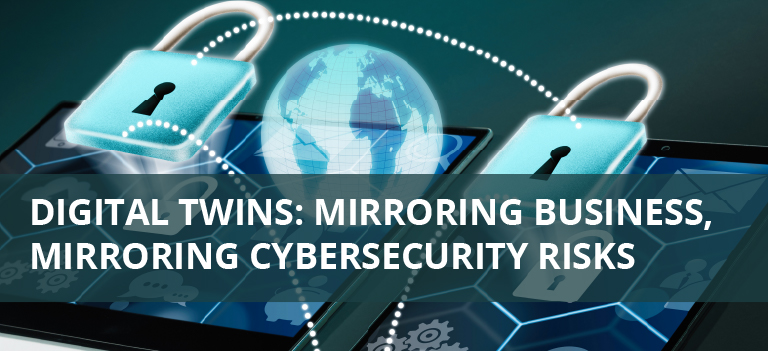Cybersecurity & Business Best Practices
Cybersecurity and Nonprofits
Author(s):
Henry J. Sienkiewicz, Faculty, Georgetown University
Rick Smith, Vice President - IT Strategy, American Bankers Association
While all companies with an online profile are at risk, nonprofit organizations face significant challenges. Not only are they increasingly targeted by cybercriminals due to their valuable donor data, storage of financial information, and stance on specific political issues, but nonprofits often lack the resources and expertise to adequately protect their online systems and data. … Read more


 Henry J. Sienkiewicz is a senior executive focused on the intersection of emerging technology and humanity. Henry is a retired member of the Federal Senior Executive Service, and the United States Army Reserve. He is currently an adjunct faculty member at Georgetown University, where he teaches cybersecurity at the Masters level; on the Board of Directors for CyLogic, a highly secure cloud computing company; and a consultant for a select number of technology companies. Henry holds a Bachelor of Arts from the University of Notre Dame, and Masters of Science from the Johns Hopkins University.
Henry J. Sienkiewicz is a senior executive focused on the intersection of emerging technology and humanity. Henry is a retired member of the Federal Senior Executive Service, and the United States Army Reserve. He is currently an adjunct faculty member at Georgetown University, where he teaches cybersecurity at the Masters level; on the Board of Directors for CyLogic, a highly secure cloud computing company; and a consultant for a select number of technology companies. Henry holds a Bachelor of Arts from the University of Notre Dame, and Masters of Science from the Johns Hopkins University.









